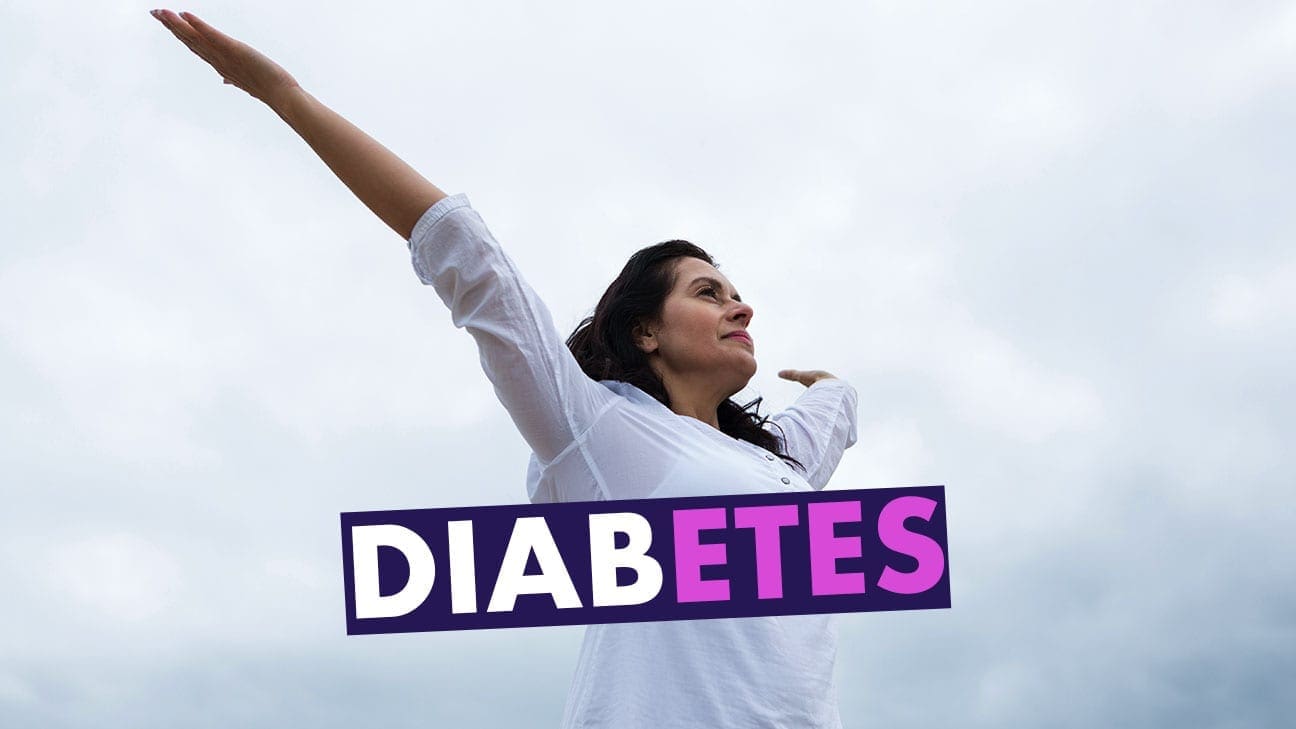Functional Medicine* and Integrative Wellness requires Doctors to engage in further education outside of their core training and within their scope of practice.
Type 2 Diabetes can lead to uncomfortable symptoms including increased thirst, headaches, inflammation, increased weight, daytime sleepiness, and more. Our approach for type 2 diabetes is centered around functional wellness. We use diagnostic testing to better understand what is occurring inside your body. With this information, we are able to work with you to create an individualized program to help regulate and manage your glucose levels. We focus and work around the reason that is causing you to have elevated blood sugars, rather than just the symptoms themselves.
Why Functional Medicine for Diabetes
The complications of Diabetes are numerous and often devastating, such as heart disease and stroke, higher blood pressure, nerve damage (neuropathy), kidney damage, eye damage (diabetic retinopathy), foot damage (sometimes resulting in the foot, toe or leg amputation), hearing impairment, skin conditions (such as bacterial and fungal infections), Alzheimer’s disease, and the list continues on and on. With 1 out of 11 people suffering complications this is an epidemic that requires more powerful preventative steps and more outreach.
Where medication comes in this is. By applying functional medication parameters to lab testing and performing an evaluation of your overall lifestyle and health history, we have the ability to discover and reverse problems leading to Type-2 Diabetes sooner. And if you’ve already been diagnosed with Type 2 Diabetes, we work to find the root cause and correct it alleviating many, if not all, of these symptoms that are associated.
Functional Medicine’s Approach: Getting at the Root Cause of Diabetes
Type 2 Diabetes isn’t a blood sugar problem, although there’s a problem with blood glucose in Type 2 Diabetes. The elevated blood glucose is a symptom, it is not the reason. If symptoms are just treated we will not ever eliminate this illness. In the years and years leading up to the identification of Type 2 Diabetes, your entire body is growing increasingly intolerant of foods until you get to the point where your body will not tolerate processed or refined sugars or carbohydrates at all. Consuming those foods puts gas on the already raging fire.
Insulin Resistance
The next question that needs to be asked is “What started the fire in the first place?” In most cases, it is something called insulin resistance. Insulin is a very important hormone released by cells in the pancreas, and one of its key functions is to keep the blood glucose in range. To be able to control the blood glucose, insulin must go through a procedure that lets the glucose floating around in your blood vessels to efficiently get absorbed into individual cells through the human body (muscle, fat, liver, etc).
Your cells are surrounded by a protective barrier. Cell membranes have things on them known as receptors that are similar to holes that we refer to as a key. In order for substances that are floating around to get inside the cells that they have to have the right key that is fitting. Insulin is a key that fits into one of these cell receptors, conveniently named the Insulin Receptor. Once the key is in place (insulin bound inside the receptor)then the lock has been turned, sugar is permitted to enter into the cell and provide the energy the cell needs to perform its functions.
Insulin resistance is when there is a shift in the arrangement of the hole that is important, now causing the “key” to not unlock the door. As this progresses, the cell requires a lot more of the keys (insulin) entering the keyholes (Insulin Receptors) simultaneously to unlock the gate (cell membrane) and let glucose in. That requires an increasing amount of insulin to be released into your system by the pancreas together with every meal that you consume. As long as the cells are able to produce enough insulin to overcome the insulin resistance, your glucose levels stay in the selection that is healthy. However, if your glucose levels are consistently elevated as your daily diet, then those beta cells in your pancreas can not keep up with the insulin requirement and you start to build up glucose in the blood. The excess sweet sugar then begins damaging cells throughout the entire body, together with the first symptoms frequently seen in your kidneys and eyes and sticking to.
Chronic Stress
Another known cause of insulin resistance that results in Type 2 Diabetes is chronic stress. Cortisol levels increase in your body, which increases blood sugar. This is not a problem if the strain is temporary but if the stress stays since you operate in high-stress surroundings or stay in a stressful relationship then persistently elevated blood glucose is subsequently caused by the elevated cortisol, and your cells that are bad are bound to fail.
Microbiome
Moreover, your microbiome’s state plays a role in insulin resistance. The equilibrium of this trillion of bugs living in your gut is critical for your overall health. A disruption of the equilibrium can cause an overgrowth of”bad” bacteria that carry lipopolysaccharide (LPS). LPS release is a cause of insulin resistance.
Preventing Type 2 Diabetes
We do improved lab testing and have significantly more sensitive parameters compared to many doctors. We are in a position to recognize and start to reverse problematic changes (like insulin resistance) which contribute to diabetes considerably sooner than is regarded as the”Standard of Care” in traditional medicine. In other words, we are setting standards, which allow for early detection of diabetes. For starters, traditional lab ranges for blood sugar and hemoglobin A1C, that would be the lab’s doctors look at if screening for diabetes, allows for levels of blood sugars before diabetes is diagnosed. Presently, the following lab values which qualify you for Type 2 Diabetes comprise:
- Hemoglobin A1C of 6.5% or higher
- A random (non-fasting) blood glucose level of 200 or higher
- A fasting blood sugar of 125 on 2 separate occasions
Nevertheless, for early warning signs, such as elevations of glucose we look for early markers. Early markers for Type 2 Diabetes and related conditions include fasting glucose 100, an elevated triglyceride level, elevated uric acid level, low HDL (good cholesterol), elevated LDL, hemoglobin A1C > 5.6 percent, greater insulin or c-peptide amounts (for long term average insulin production), particular antibodies (GAD 65, Pancreatic Islet Cells), higher waist size (>40 inches in men, > 35 inches in women), increased blood pressure, and others. By obeying the warning signals that are early, you can’t only halt the progression leading towards diabetes, but you can reverse them and regain health!
Treating Type 2 Diabetes
The next big question then is”what could be accomplished?” In conventional medicine the treatment continues to be to prescribe Metformin or a different agent or to provide insulin in case the A1C is high, further increasing the risk of obesity and inflammation of the individual. However, science actually supports lifestyle and diet changes as the principal treatment for Type 2 Diabetes. This is where Functional Medicine shines. Not only do we take more than the normal 10-15 minutes with you in our office visits, but we instruct you at length about nutritional wellness, food, and create a custom plan. Visits typically range from 60-90 minutes. Your labs are monitored carefully to ensure we are moving in the right direction. We use doctor grade, scientifically proven nutraceuticals to boost the body’s ability to respond to the dietary and lifestyle modifications you’re making.
If you are having any of these disruptive and sometimes debilitating diabetes symptoms, please contact Southwest Functional Medicine to set up a consultation at 915-613-5303 or email us at Coach@ElPasoFunctionalMedicine.com
*Additional Education: M.S.A.C.P – Licensed in Texas & New Mexico. Scope of Practice Governed and Determined by State License & State Board Rules & Regulations.




